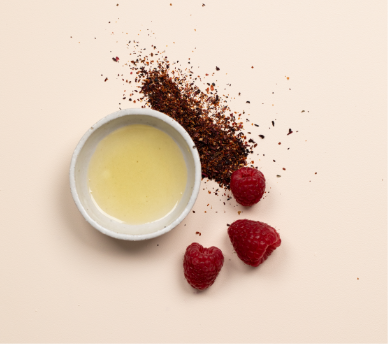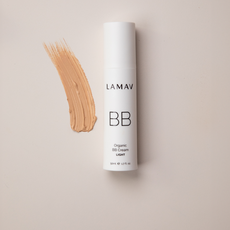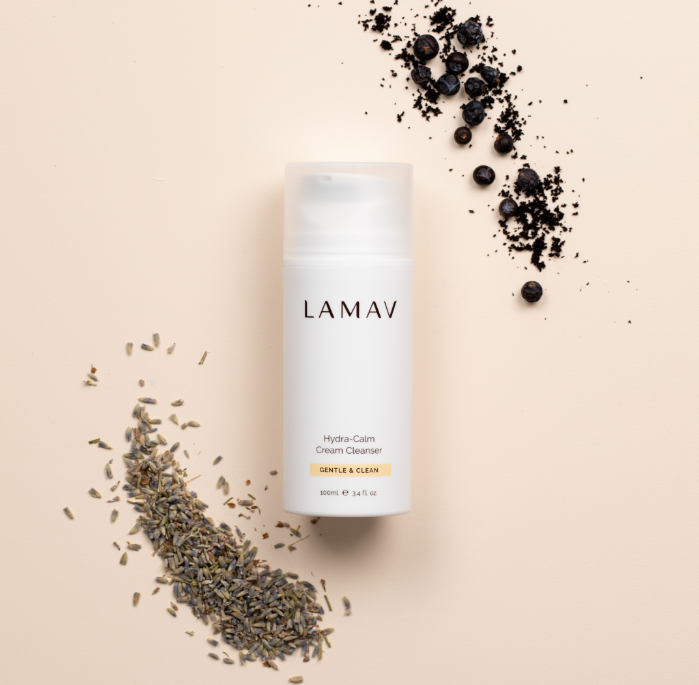Ever flipped over a bottle of moisturiser or cleanser and found yourself feeling like you’re back in chemistry class - confused and overwhelmed!? You’re not alone. Skincare labels can look like a bunch of unpronounceable words, but once you understand how to decipher them, you gain the power to choose what actually works for your skin and values.
Why It’s Crucial to Understand Makeup Ingredients
As a consumer, most of us put an average of 5-10 products on our skin per day. Women in particular are often layering skincare products with multiple makeup products - not to mention deodorant, body products and shampoo and conditioner.
When you take into consideration that most cosmetics products will contain 10-20 ingredients, that’s a lot of potential for applying chemicals to your skin that you may or may not be aware of.
We get it - no one has time to decipher 20 ingredients when you are rushing to buy a new cleanser or shampoo in a busy supermarket or shopping centre, however there are some simple steps that you can check off to minimise your risk of buying something that will do your skin no favours before you decide to purchase.
ORDER OF INGREDIENTS
Just like food, skincare ingredients are listed in descending order by concentration—from highest to lowest. That means the first 5–6 ingredients usually make up the majority of the formula. Ingredients in a skincare label are generally listed by their INCI name (International Nomenclature of Cosmetic Ingredients) followed by their common name in brackets. Potential allergens present from natural oils and fragrances are listed at the end of an INCI list and are usually marked with an asterisk(*) or listed in italic font, such as linalool from essential oils.
Skincare products such as cleansers and moisturisers often list water as their top ingredient, which is fine. However, at LAMAV we choose to use Aloe Vera Leaf Juice as a first ingredient and not water to ensure our products contain ingredients that are actually benefiting skin health - not just bulking the product.
DON’T BE FOOLED BY MARKETING BUZZ WORDS
The front of the cosmetic packaging is designed by marketing teams to sell. Words like “natural,” “organic,” or “paraben free” can be misleading. It seems like every product on the shelves now has the label “dermatologist-tested”, but if you turn the package around and head straight to the ingredients list - this is where you’ll get the full story.
KEY & ACTIVE INGREDIENTS
Active ingredients are often the ones doing the heavy lifting—treating acne, fading dark spots, boosting hydration, etc. Common actives include:
-
AHAs
-
Vitamin A
-
Vitamin C
-
Niacinamide
-
Hyaluronic acid
Often used in marketing, key or active ingredients are sometimes listed as part of the product title or as a separate list on a website to only highlight the clean, beneficial ingredients. E.g. “Day Cream with Organic Rosehip Oil”. It’s important to read the entire list of ingredients to ensure you are happy with the product overall, and also find out where the key or active ingredient sits within the list.
A product may contain organic rosehip, but how much is included will impact how much of an effect it will actually have on the skin. It is also important to check that the product might only contain one organic ingredient and the bulk of the ingredients could be chemicals that are known to cause sensitivity, irritation, redness or other alike skin problems.
INGREDIENTS TO AVOID
If you’d prefer to stick with natural products it’s best to avoid the below ingredients. You won’t find any of the ingredients listed below in LAMAV skincare products:
- Parabens
- Sodium Benzoate
- Talc
- Artificial Fragrances
- Artificial Colours
- EDTA based agents
- Sodium Lauryl Sulphate
- Sodium Laureth Sulphate
- Ammonium Laureth Sulphate
- Petrochemicals
- Polysorbates
Understanding INCI Names (International Nomenclature)
INCI names are part of an internationally recognised naming system for cosmetic ingredients, developed by the Personal Care Products Council (PCPC). The International Nomenclature of Cosmetics Ingredients can be a mix of scientific, Latin and English ingredient terms that ensures consistent identification of skincare ingredients listed on labels worldwide. INCI names ensure clarity and transparency when it comes to personal care products.
Tools & Apps to Check Makeup Ingredients
There are many websites and apps that offer free and easy search engines for makeup and skincare ingredients. As each site and app uses their own methods for researching product ingredient safety, it’s also important to do your own research to truly understand which ingredients you feel comfortable applying to your skin through your makeup and skincare products.
Some helpful sites and tools include:
LAMAV’s Ingredient Glossary
Inci Decoder - https://incidecoder.com/
Think Dirty App
The Environmental Working Group Skin Deep Database -
Safe & Clean Beauty Certifications to Look For
In addition to deciphering ingredients, it’s also important to consider other labels that may be present on product packaging. If Certified Organic, Cruelty Free or Vegan are also of importance to you, make sure you look for these labels before you make your purchase. Sustainable Packaging can also be found by looking for recyclable packaging logos.
Tips for Choosing Non-Toxic, Natural Makeup
Finding non-toxic, natural makeup and skincare is now easier than ever, however choosing one that is trustworthy and right for you can take a little bit of research. Looking out for Certified Organic, Vegan and Cruelty Free Logos is the fastest way to know that the product you’re using is of a high standard when it comes to ingredients, along with ethical and sustainable business practices.
In addition to this, it’s important to scan the ingredients list to ensure there are no red flags with active ingredients that may not work well for your skin and anything that may cause potential irritation if you suffer from allergies.
Finally, look for proof of product performance through award recognition and 5 star reviews.
Final Thoughts
As a consumer, it’s important to do your own research regarding ingredients to determine what you are happy to use on your skin. Whilst it can be a little time consuming at first, the more you practice reading labels, the more confidently and efficiently you’ll be able to read makeup and skincare labels to decide what’s best for your skin.
Did you know
LAMAV uses Aloe Vera Leaf Juice as a first ingredient and not water or Aqua which means the entire base of all LAMAV products contain healing, soothing and calming ingredients?
As a consumer, it’s important to do your own research regarding ingredients to determine what you are happy to use on your skin. The EWG (Environmental Working Groups) Skin Deep guide is a helpful resource to search for information regarding the safety of ingredients, brands and products. Visit https://www.ewg.org/skindeep/ for more information.











